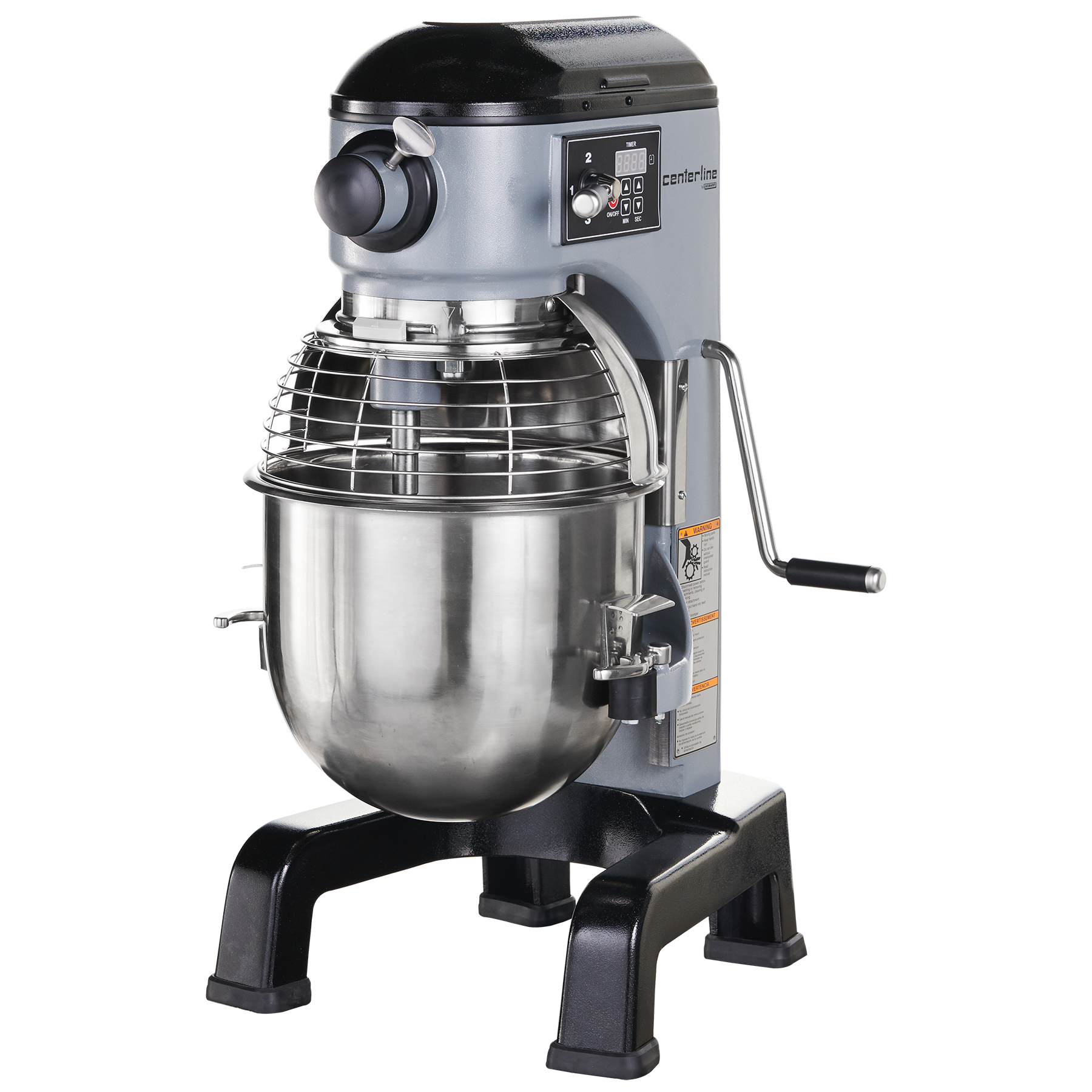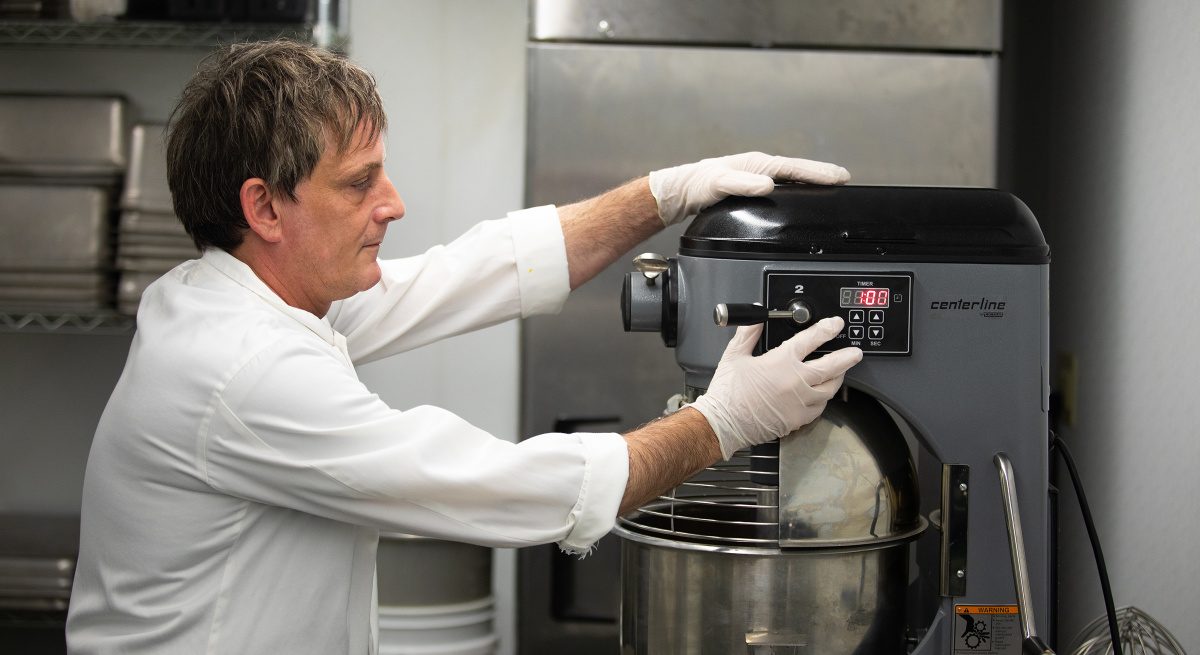Mixer Myths: How They Can Impact Cost and Performance
3 Min Read By Carolyn Bilger
For continuous use or the occasional batch, it’s important to have the right mixer for the job. Having a mixer that’s too large or too small can increase costs and affect performance in the kitchen. To make the best selection and ensure the equipment lasts, it’s helpful to understand some common myths about mixers.
Myth 1: More Is Always Better
When determining the right size and type mixer to buy, keeping the application in mind is key.
First, to achieve thorough mixing and avoid stressing the motor, it’s important to have the right bowl size. A large-volume mixer is not always necessary, though it may be for some applications. It’s a matter of absorption ratio (AR) — water weight divided by flour weight. This is an important factor to consider, since a mixer’s recommended maximum capacity depends on the moisture content of the dough.
Secondly, not all kitchens need a maximum heavy-duty mixer. If the mixer will be used for limited batches or to mix heavy doughs periodically, a standard heavy-duty mixer may be a better choice.
Myth 2: Larger Motor = More Power
When it comes to mixers, horsepower does not dictate expected performance. A larger motor doesn’t necessarily mean more power. The type of drive system, however, is a key factor. The mixer’s efficiency and torque affect its ability to drive the agitator into the bowl to combine ingredients thoroughly.
If a mixer requires a larger motor to drive the same amount of torque as a smaller motor, its likely using too much energy for the job. This can cause the components to become hotter faster and lead to premature motor failure, resulting in increased costs for repairs or replacement.

Myth 3: Routine Maintenance Isn’t Critical
While mixers aren’t as complicated as some other kitchen equipment, routine preventive maintenance is still important. Actuators, for example, need lubrication to properly assist in lifting and lowering the bowl. Follow the manufacturer’s recommended amount and frequency for greasing these and other lubrication points. TIP: Don’t wipe off all of the grease off during cleaning — doing so can prevent the bowl from moving up and down properly.
Regularly monitor the agitator clearance for consistency. If the agitator is hitting the bottom of the bowl, it can lead to wear and possible damage. On the other hand, if the agitator is too far from the bowl, ingredients won’t be mixed fully. Reference the operator’s manual or contact a service provider for proper adjustment instructions.
A proactive approach to maintaining the equipment can help reduce costs in the long run. Consider having a service provider visit once or twice a year to inspect the mixer.
Myth 4: All Mixers Can Produce the Same End Product
Planetary mixers and spiral mixers actually have different purposes and generate different end products. While both can mix dough, planetary mixers can also mix frostings, fondant, sauces, sausages and more. They are a versatile option for restaurants who have a lot of mixing needs. Smaller countertop planetary mixers also save space, which can be at a premium in some kitchens.
A spiral mixer is intended only for mixing dough, specifically dough with high water content. This type of mixer is gentler at incorporating flour, water and yeast dough and helps create an airier dough. It is a good option for restaurants making their own artisan breads, pastries or croissants.


